Step 1: The first thing we need to create is a single-sided ring, so you can just use a cylinder and cut the ends to leave only 3 polyloops (this is important). Once you have the ring, you can also delete a few faces in the centre so that we can ‘weave’ the pattern and make the polyloop in the middle a lot narrower:
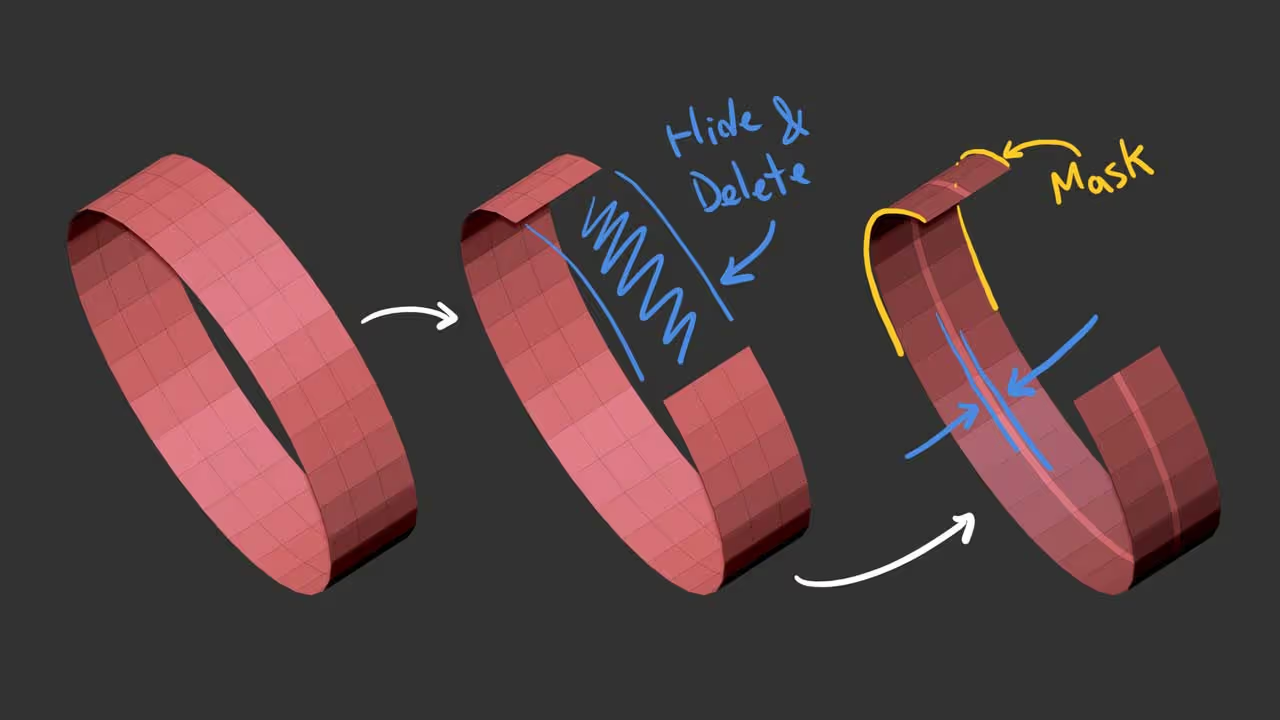
Step 2: now we need to create the effect of overlapping threads so the trick of this process is just to ‘bridge’ the opposite edges in the gap.. so using the ZModelere you can select ‘Bridge’ and then ‘Two Edges’ for the action. After bridging the cap, you can insert some loops to add resolution:

Step 3: The next step is simply to enable Dynamic SubDivision and use the ‘Crease PG’ (Crease PolyGroups) to sharpen the edges. Notice that I assign a different playgroup to the poly loop in the middle.
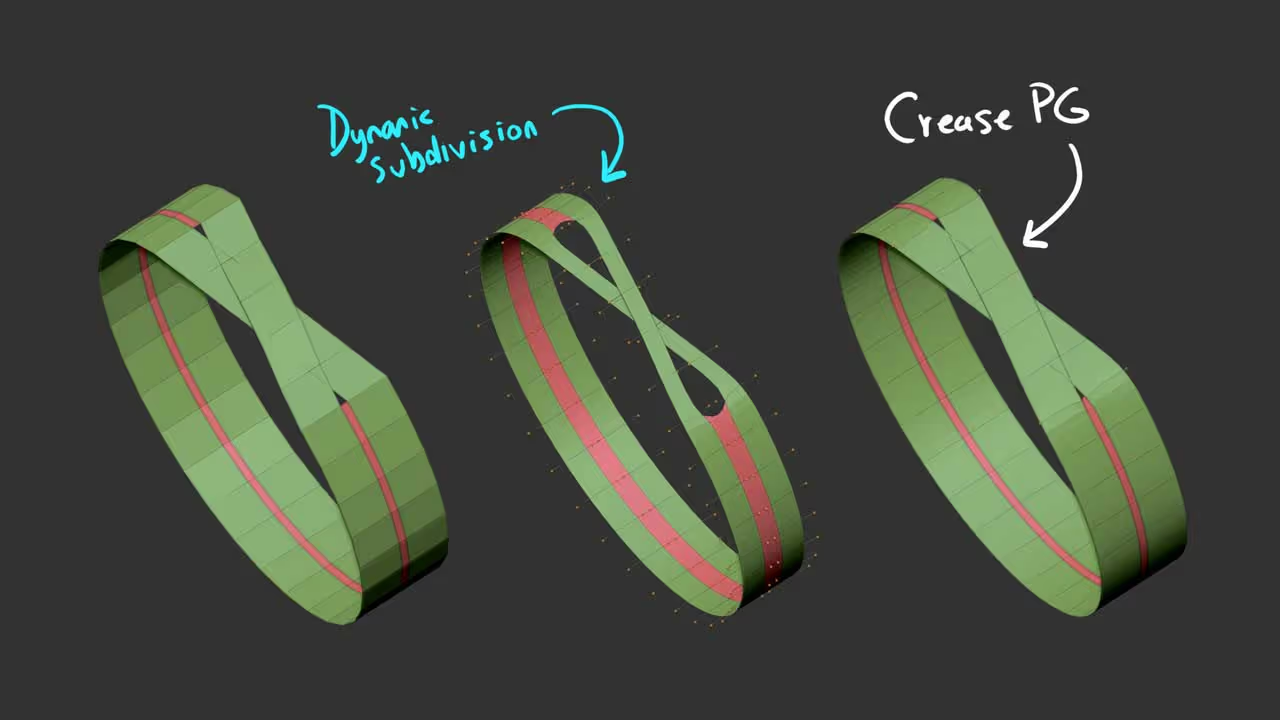
Step 4: Turn off Dynamic Subdivision so it is easier to add geometry and using the ZModeler, you can insert additional edge loops along the ring… these edge loops will be the amount of visible threads in the final mesh.
After adding multiple loops you should have alternating polygroups, so with the QMesh option in the ZModeler, extrude the playgroup that is towards the edges of the ring to create thickness. Turn Dynamic subdiv back on:

Step 5: to wrap up this cool trick, you can use a cylinder as a reference to adjust the ‘bridged’ area of the ring so that it conforms to the shape. I used the move and move topological brushes to nudge things in place.
Also, you can use the inflate slider from the Deformation palette to ‘tighten’ everything and make it feel more organic:
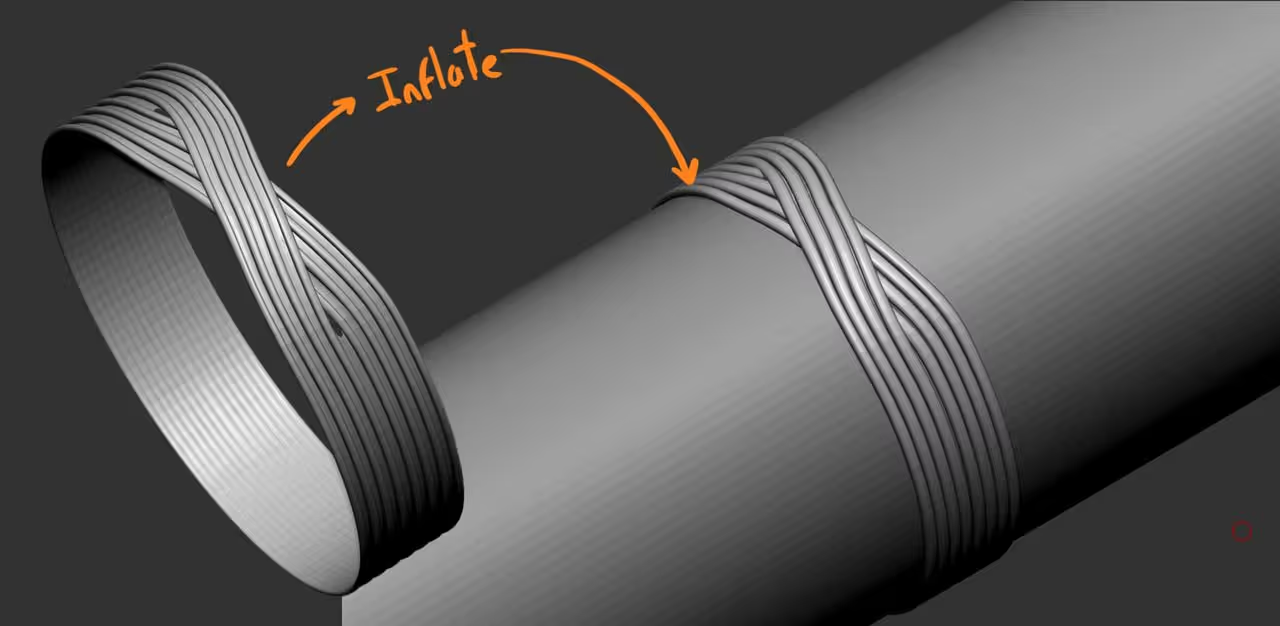
Step 6: The final step is to take your ring and just duplicate it along the handle of the Katana to complete the effect!
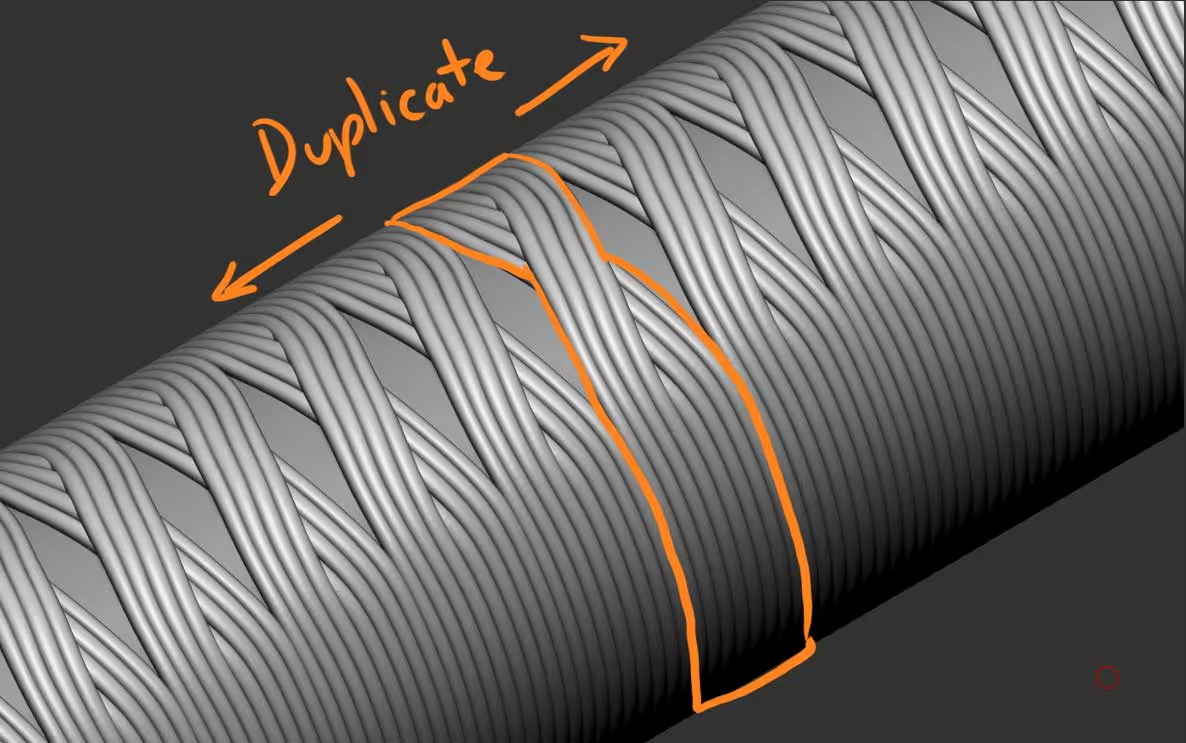
Pretty cool right? you can obviously build different patterns and you could just use another larger cylinder to bake those details if you want to go for a low-res mesh with maps. I did a quick test and added textures to it using 3D Painter and a quick render in 3D Stager:
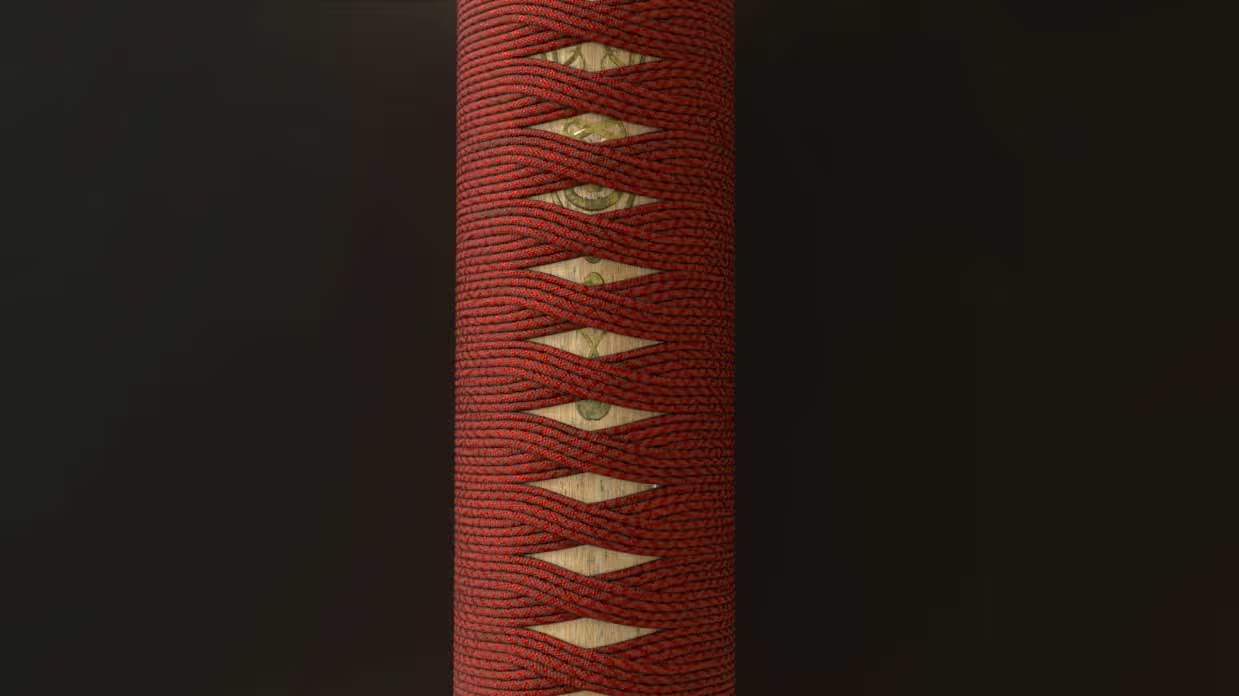




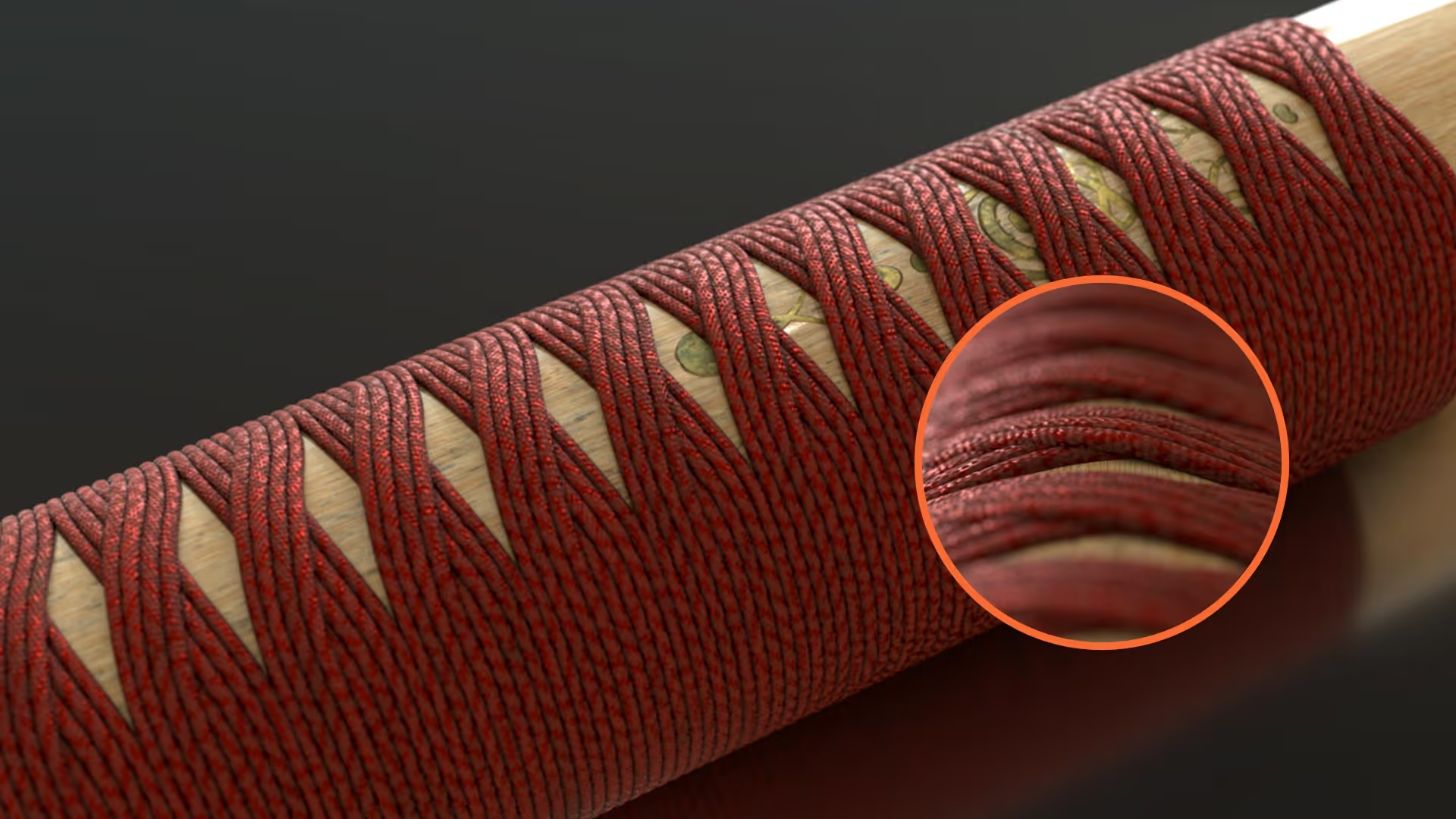




.jpg)